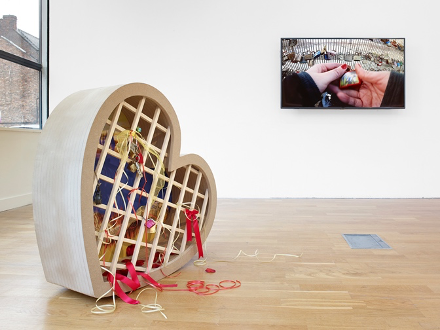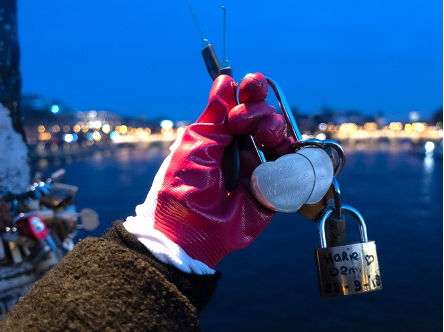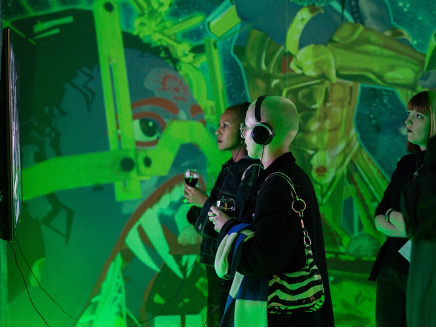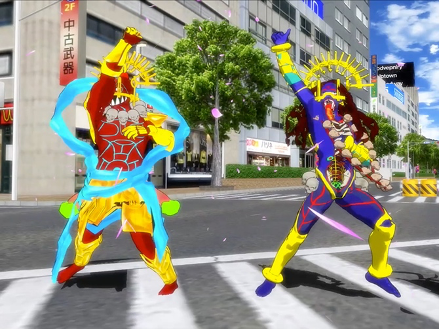Art Exploring the Online Space
Reena Devi
(Originally published on apublicsquare.sg - 16 September 2019)
In Singapore, like most developed cities and countries in the world, the online space has become the predominant public space. The online space comprising the Internet, social media platforms, messaging apps, and consumer platforms such as Amazon, Taobao is where we find ourselves spending hours of our day, whether on the train, in our office cubicles or working freelance, or talking to friends and family.
But have you ever wondered how similar or distinct our experience of this cumulative online space is from people in other parts of the world?
A good starting point to this question can be found in Chinternet Ugly, a group exhibition at the Centre for Chinese Contemporary Art (Manchester, UK) from 8 February to 11 May 2019.
According to curator Dr. Ros Holmes, History of Art, Junior Research Fellow, Christ Church College, Oxford University, “Focusing on a new generation of artists; the first to have grown up with mass digital technology, the artists presented in Chinternet Ugly not only confront the complex and contradictory facets of China’s hyper-regulated digital sphere but also interrogate complex political and cultural issues with humour, irreverence, and wit.”
With 802 million Internet users, 431 million micro-bloggers, 788 million Internet mobile phone users, and four of the top ten Internet companies in the world, China presents an expansive online space with a distinct internet culture—the ‘Chinternet’.
In the Chinternet Ugly exhibition, the dynamics of this space are fleshed out through Xu Wenkai (aaajiao) and Lin Ke’s manipulations of found digital materials and standard software programmes; to the augmented reality of Lu Yang; the celebratory pop aesthetics of Ye Funa to the dark side of internet freedom in the works of Liu Xin, and the veneration of the ugly and the artless evident in the works of Miao Ying.
“These artists draw attention to the artistic merit and value of mainstream user-generated content, whose visual manifestations frequently range from the banal to the kitsch to the ugly,” Holmes added.
She also pointed out that through tracing the unruly topography of China’s online realm, its technicolour landscape of viral media, gyrating GIFs, satirical memes, mass infotainment, and copy and paste aesthetics, Chinternet Ugly invites people to take a closer look at the vibrant online culture emerging from the world’s largest online community.
“Celebrating the messy humanity found between the cracks in a digital world of smooth transitions, polished selfies, blemish correcting software and autocorrect, the artists gathered in this exhibition expose the reality of an internet ‘with Chinese Characteristics’; one built on the bedrock of censorship and surveillance which nevertheless challenges stereotypes of conformity and opposition,” Holmes said.
Holmes coined the term ‘Chinternet Ugly’ in her 2018 essay describing its beginnings with the work of Miao Ying, specifically an online-exhibition series of internet artworks created by Ying in 2014, combining GIFs, advertisements, online videos, internet poetry in a “torrent of synthesised imagery and text…bringing together the spectre of online censorship and Shanzhai (fake or pirated) aesthetics with a deliberate disavowal of the commodity fetishisation and online self-posturing that have come to characterise China’s digital realm in the early 21st century.”
Labours Lost, Miao Ying, 2019. Images courtesy of the artist & Michael Pollard.
Another intriguing artist associated with this artistic movement is Lu Yang, who incited a lot of interest this year with her solo presentation of a “cyber alter” at Société’s booth at Art Basel Hong Kong.
In her video installations, Lu Yang primarily uses outlandish, digital forms reminiscent of the kitsch and crude aspects of the online space. This new artistic language presents visually abrasive metaphors questioning the limitations of tradition and technology.
For example, Delusional Mandala (2015), a 16-minute video featuring multiple slices of glaring visual and sound expositions of being subjected to increasingly intense scanning or probing devices related to the brain, is all about neurosciences, a topic which the artist has always been interested in. The video explores the link between consciousness, the brain, and the existence of consciousness.
She makes use of the “principle of the stereotactic system, the deep brain stimulation and RTMS working on the deep limbic system, in order to extend delusions, substitute into religious perspective and fugacious meditation on the material world and produce objective delusions” as part of the work.
Lu Yang’s work questions the relationship between body image and technological subjectivity, a relationship we need to urgently explore as a society and even as artists. There is a pre-existing “global fantasy of a future perfect, in which genetic engineering, cloning, and cosmetic surgery could smooth over all the messy anxieties” of our time as pointed out by Holmes. This fantasy influences and impacts all of us around the world, especially in Singapore where there are very few socially acceptable ways to look and speak and be in public spaces. Even amongst the highly progressive, overseas, and educated millennial creatives, it is impossible to ignore the conforming minimalist or hipster aesthetic everyone seems to present. How can we put aside these outdated paradigms of social acceptability and engage with the notions of physical diversity, in a future society that is fixated on highly advanced forms of perfection? More importantly, how can we do this as artists?
Electromagnetic Brainology, Lu Yang, 2019. Images courtesy of the artist and Joe Smith.
Despite the differences between the ways China and the West absorb new technology, Xu Wenkai believes that everyone is headed the same way. Speaking in an interview on The Mediated Image, he said, “China and the West are at different points on the same timeline and it’s hard to find a reference point to compare these differences. They are each other’s past, as well as each other’s future”.
According to Holmes, “It’s vital for everyone to gain a better understanding of the artistic language and practices currently flourishing online in China, and not just because it has the largest online population in the world (currently estimated around 800 million). Instead of creating dichotomies between ‘free’ and censored digital worlds, what we need going forwards is an artistic dialogue that problematises our interaction with the internet in a global context.”
Holmes makes an excellent point worth taking note of in our artistic exploration of online spaces in Singapore. While they are a fair number of young artists here who dabble in post-internet art, most often their work seems curbed by a common mentality that our online space is no different from any other or censored, and this becomes the starting and endpoint of their exploration. It misses the larger picture, the endless possibilities that lie in the gaps, similarities, differences, and most importantly the way these diverse online communities and spaces co-exist, complement, and battle each other on a daily basis. Even the social media news feed your parents or colleagues look at each day is a world apart from your own. How can we make sense of this and why aren’t we using art to do so?




